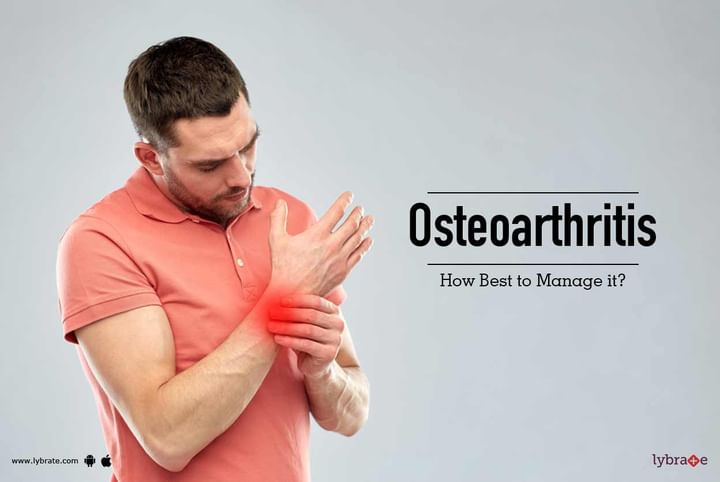Osteoarthritis - How Best to Manage it?
The human body is able to move fluidly because there are various joints, muscles, tendons and cartilages that work together to make this happen. Movements of the hands, legs, back, hips, knees and wrists are controlled this way. For various reasons, however, these tissues grow stiff, thereby, reducing free movement. Any movement causes pain and stiffness and swelling of the joints, which forces the patient to reduce physical activity. This reduced activity further leads to the joints becoming stiff, thus putting the patient in a difficult position.
What causes it?
The ends of the bone are covered by softer tissue called cartilage, which is responsible for allowing the free movement. In patients with osteoarthritis, this cartilage is lost and the bones rub against each other, producing pain and a crackling sound with the movement. Some of the most common causes include the following:
- Age is the most common cause for osteoarthritis, with lifestyle habits playing a major role in this condition. Most joints would be affected here.
- Obesity is another major cause for osteoarthritis, as the additional weight of the person puts extra pressure on the knees and the legs, leading to the wearing of the joints. The back and lower extremities are more affected than the hands in this case.
- Joint injuries are another common cause for osteoarthritis, which is more localised to the area of injury.
What are the signs and symptoms?
As noted already, painful movement is the most common symptom of osteoarthritis. There could also be swelling and redness around the affected joint(s).
Diagnosis: The doctor will usually be able to identify osteoarthritis after an examination, but in some cases, an X-ray or MRI may be required to confirm the diagnosis.
Treatments available
The treatment for osteoarthritis is multipronged.
- For immediate relief of the pain, non-steroidal and anti-inflammatory drugs are used. In cases of localised symptoms, even topical creams or gels may be used.
- Weight loss is extremely essential, if there is obesity that is causing the osteoarthritis.
- Vitamins and supplements in good amounts can improve bone health and help in preventing and reversing the damage in some patients.
- Heat therapy has proven to be quite useful in many cases to provide temporary relief
- As much as the movement of the joints is painful for the patient, it is only with regular exercise that the joints can be made more flexible and mobile.
- The affected joints need to be specially cared for by avoiding injury and reducing unnecessary movements.
- Role of physiotherapy in the management of OA - Strengthening exercises, Taping, Manual therapy, Education/lifestyle changes, Modalities, Agility and perturbation training.
- The definitive therapy of OA is joint replacement (total/partial knee/hip joint replacement).
In addition, support groups and counselling may also help significantly in patients who find their quality of life being reduced due to this condition. Remember, not all is lost with osteoarthritis. It is definitely possible to get your life back to its earlier days when you were able to move about freely.



+1.svg)
